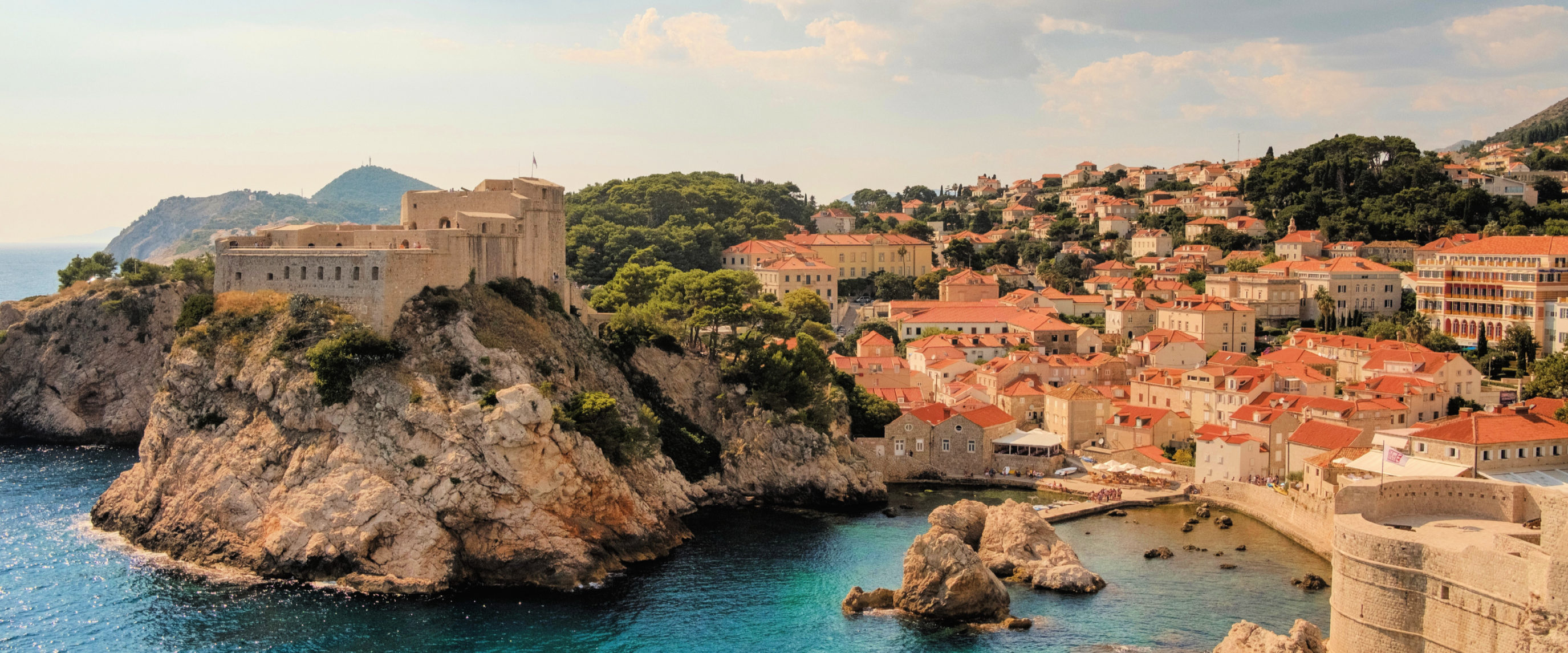Indeed, the Middle East is a region of permanent turmoil. The political tensions running high around the region make it mandatory to carefully assess your destination prior to arrival. Contact your consulate or embassy in the country where you are traveling and make sure that you keep contact with them during your stay. Take particular care in Shiite-dominated areas because these ones have experienced continuing unrest.
While it is not recommended to travel to Syria or Iraq at the present time of writing, the same also goes for many other sites such as the Sinai Peninsula or Abu Simbel in Egypt (definitely only go with a travel agency there). The Gulf countries (United Arab Emirates, Qatar, Bahrain, Oman, etc.) are safer to travel, and the same goes for Jordan, many places in Turkey, Cyprus, and even some parts of Egypt. However, don’t forget to check the latest news in the region as things can change rapidly there.
Despite this, the Middle East is a beautiful and interesting place to visit that is still relatively unexplored by many travelers. Let’s see a short list of some awesome, less known places to go in the Middle East that you should definitely visit.
1. Al Ain, United Arab Emirates
Nicknamed the ‘city of oases and forts’, Al Ain is the U.A.E’s first World Heritage Site. The desert region surrounding Al Ain has been continuously inhabited since the Neolithic period. Over the centuries, mudbrick forts were built to protect the valuable oases containing water. They are spread throughout the city, but a remarkable concentration of both forts and oases can be found right in the city center, around the Al Ain Oasis. There, at the feet of endless rows of palm trees, it’s still possible to see the ancient irrigation system (called falaj). The forts of Al Jahili and Al Murabba played an important role in defending this oasis because it was (and still is) the largest in Al Ain.
Very close to Al Ain, a genuine and unforgettable experience is the exploration of the Camel Market (Al Qaws Souq). It is located almost 8 kilometers out of the city behind Al Bawadi Mall, but there’s a bus that takes you from the city center to this mall. Whilst I was there I quickly observed that not only was I the only tourist, but I was the only woman in the whole souq. However, this didn’t stop me walking among the pens with hundreds of camels (some of them with their babies too). Eventually, I was blessed to witness a camel trading.
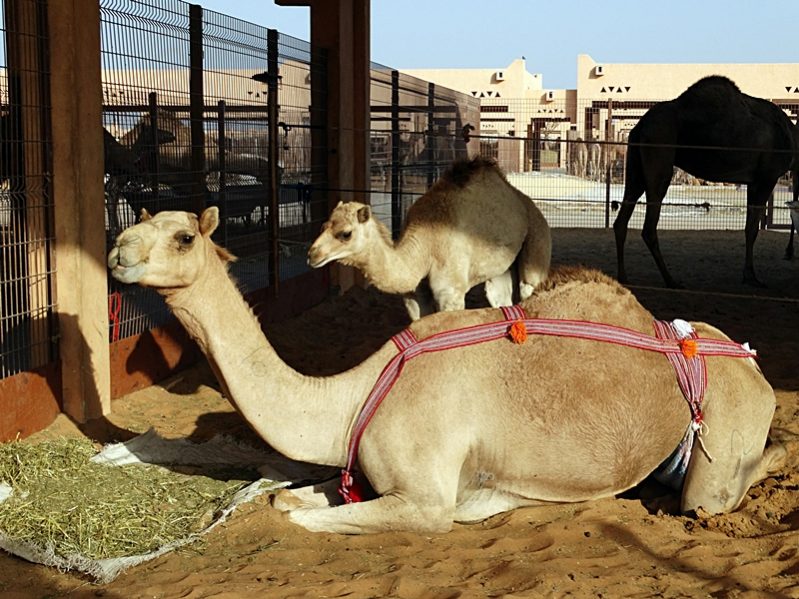
2. Nicosia, Cyprus
Cyprus has a very special historical and political status, as well as being close to other Middle Eastern countries such as Syria, Israel, and Lebanon. Inhabited by both Greeks and Turks, Nicosia is the world’s last divided capital. In the same day, one can walk from the Greek part to the Turkish one and back, just passing the buffer zone that crosses the heart of the city. The border that runs through Nicosia can be passed only on foot. Before entering the Turkish or the Greek part of Nicosia (depending on which direction you’re coming from), a customs officer will check your passport and tourist visa.
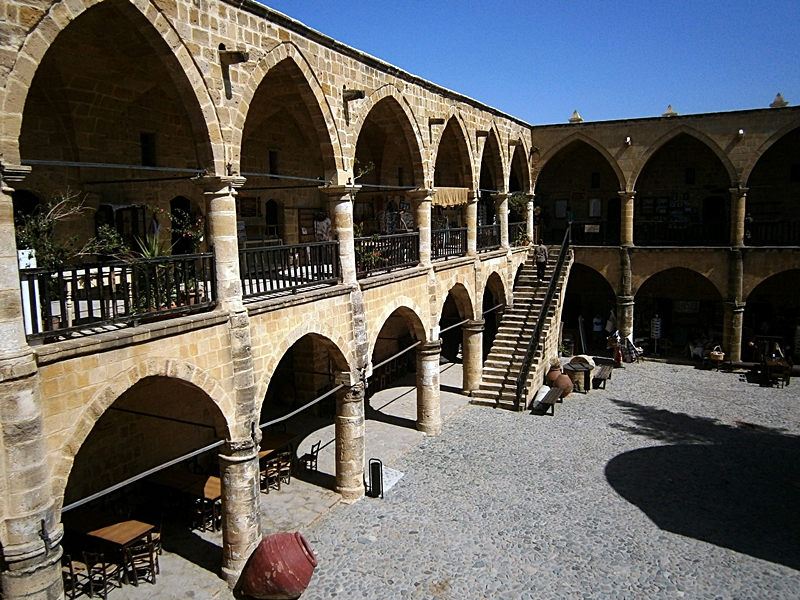
I was surprised to discover that two cultures and religions had developed naturally in such a limited territory, each one on its side of the border. In the Greek part, I walked among Christian churches, while two hours later, having crossed the border toward the Turkish part, I wandered among mosques with high minarets and Ottoman inns (han). As Nicosia is conveniently located in the middle of the island, it’s easy to take a road trip to the sea at Kalymnos Beach (the Greek part) or to Alagadi Turtle Beach (the Turkish part)…after all, Cyprus is situated in the middle of the Mediterranean Sea.
3. Manama, Bahrain
The small island country of Bahrain has attracted headlines as potentially being the site of the Garden of Eden. Despite this, it attracts few visitors compared to neighboring Qatar or the United Arab Emirates. For this reason, Manama is not as affluent as other Gulf capitals despite being built by wealthy developers. The Financial Harbour and the World Trade Center are two of the city’s landmark buildings and look especially spectacular when lit up at night. As a non-Muslim, it is possible to enter the largest mosque in the country, Al Fatih Mosque. But you’ll have to respect their dress code and women will have to wear headscarves.
On the flip side, the Bahrain Island is rich in archaeological sites. Bahrain Fort and A’Ali Burial Mounds are good examples of the country’s historical past and are places where one can improve their pottery skills in a pottery workshop. Before leaving the country, the Formula 1 Racetrack is a must-see given the whole circuit is a unique $150 million desert design.
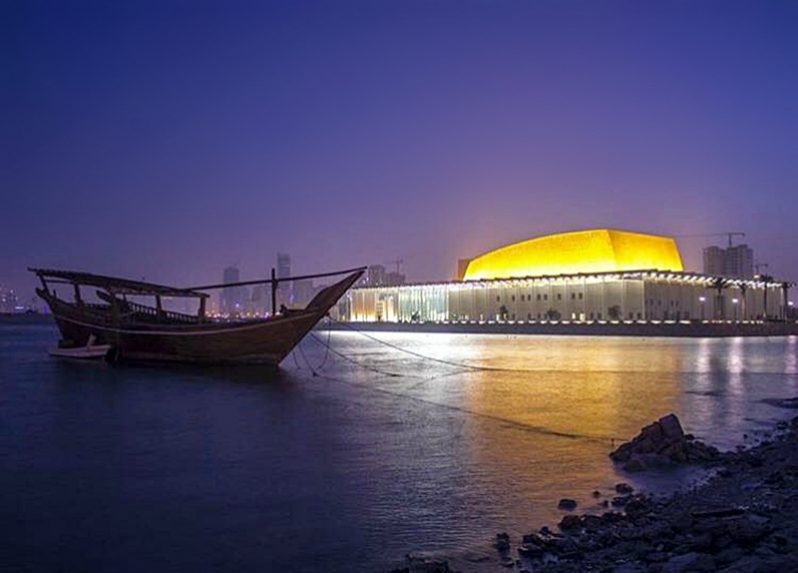

4. Al-Salt Town, Jordan
Tucked in the hills between Amman and the Jordan Valley, the medieval town of Al-Salt is the hidden gem of Jordan. Despite Al-Salt being an administrative center during the Ottoman rule, the town has never developed much beyond that. For this reason, its historical feel has been well preserved. I wandered along the main pedestrian street (the Hammam Street) and discovered a wonderful museum of Ottoman-period architecture, with hammam (Turkish bath), mosque, and workshops.
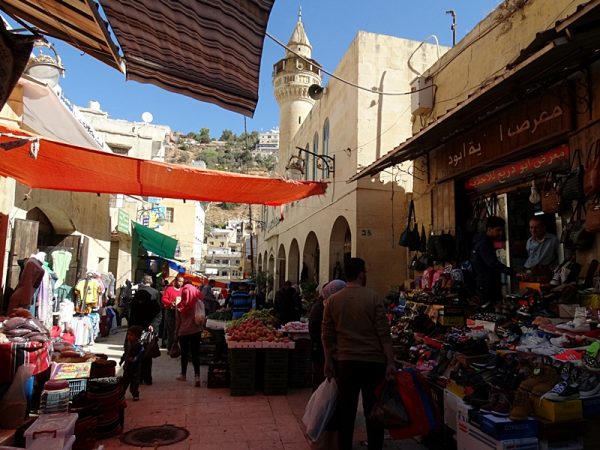

Perched on a steep hill, the complex of the English Hospital (including a Christian church) sits right above the Grand Mosque of Al-Salt. Catholic nuns offered me an orange juice on the terrace of the English Complex, while the muezzin was singing the call to prayer from the minaret of the town’s main square. In Al-Salt (as well as in Jordan generally) you can witness the crossing of different religions by simply crossing the street from a mosque to a church, or the other way round.
5. Alexandria, Egypt
Another place to go in the Middle East is the ancient city of Alexandria. Alexandria was home to one of the seven wonders of the ancient world—the famous lighthouse of Alexandria. Also, the city was well-known for its gigantic library that contained 400,000 papyri. I was thrilled to find out that the library could be visited, even though it turned out to be slightly rehabilitated for the modern period. Stepping in one of the most ancient places on the planet is a must-do for anyone with the travel bug.
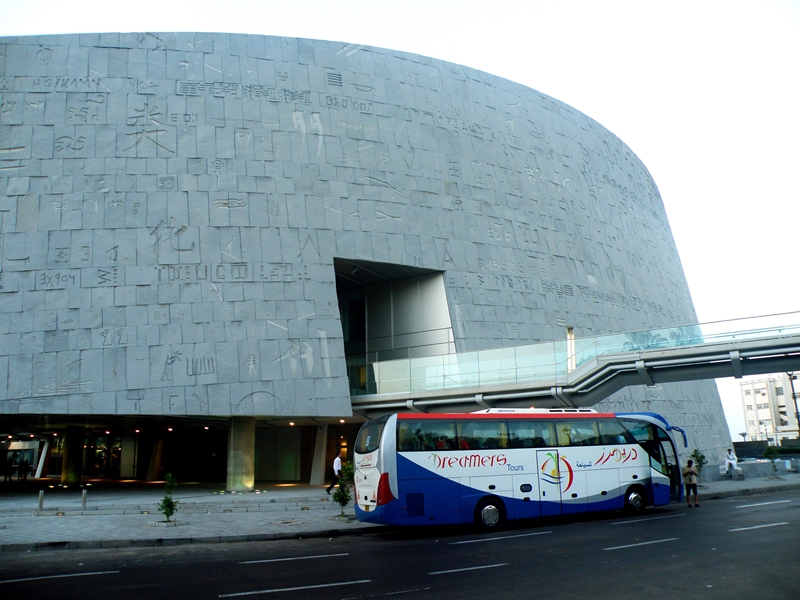

One of the best things about Alexandria is being able to witness the different periods of its history. Before leaving Alexandria, it’s definitely worth a visit to the catacombs of Kom El Shoqafa. These catacombs were considered one of the seven wonders of the Middle Ages. Lastly, don’t forget that Alexandria is very close to Cairo, where another landmark of Ancient Egypt awaits its visitors—the complex of the three pyramids of Keops, Kefren, and Mikerinos.
6. The Dead Sea, Israel/West Bank/Jordan
The Dead Sea lies at the lowest point on earth, 428m below sea level. The extreme saltiness of the water comes from a high evaporation rate, which also contributes to continuous changes of its boundaries. Dead Sea minerals and salts have created a prosperous industry, including spa centers and products of all types. After trying some body scrub salt and body butter (both containing minerals from the Dead Sea), I can understand exactly why they have such a good reputation for providing a healthy glow and silky skin.
The Dead Sea can be reached from Jordan (via Amman Beach or O Beach), Israel (via Ein Gedi Beach or Ein Boken Beach), or the West Bank (via Mineral Beach). It is said that if you’re ill, floating in the salt water of the Dead Sea can heal all your diseases (or at least the ones that can be healed from contact with salt water!) Personally, I have been to the Dead Sea twice. Many years ago, having come from the West Bank, I entered the water for a swim. The water literally stung my skin. Last year, however, I went to the Dead Sea again, this time coming from Jordan, and I could swim as long as I wanted without being stung. I like to think that my skin is healthier now because of it.
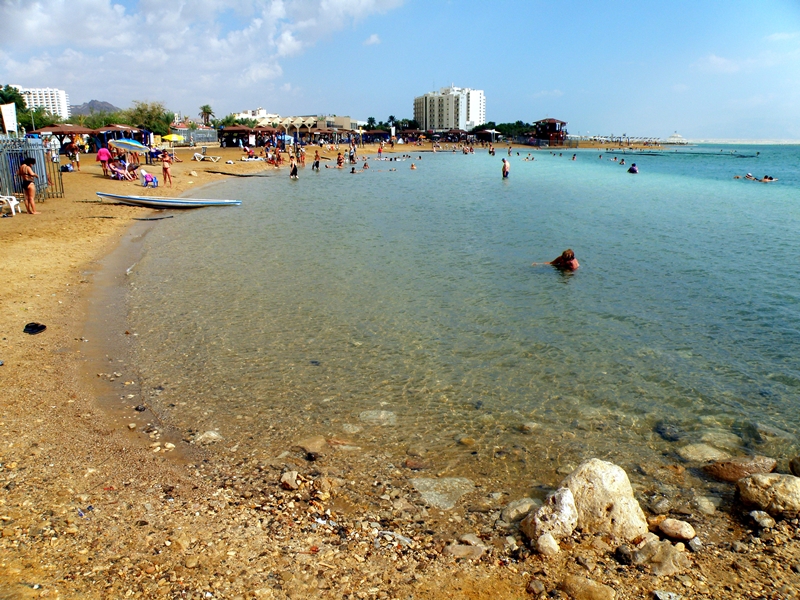

Suggested next reading: 6 Amazing Locations In The Balkans You Might Not Know About
